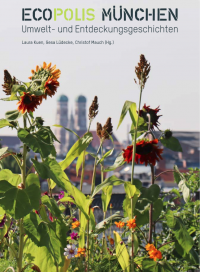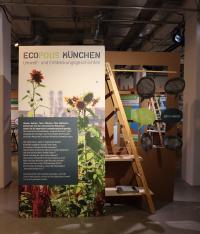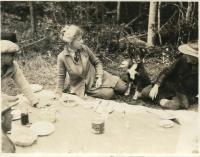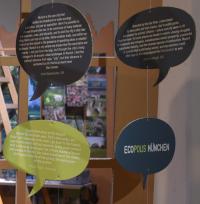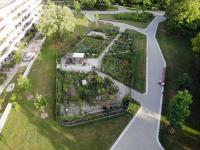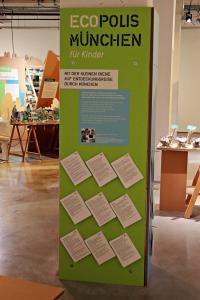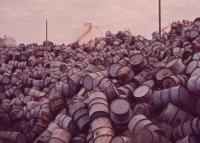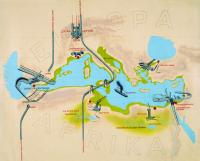Show search results for
- (-) Remove Virtual Exhibitions filter Virtual Exhibitions
About the Exhibition | Ecopolis München 2019
Introduction | MB Williams
This exhibition chapter introduces Mabel “MB” Williams, an extraordinary, ordinary woman who became devoted to national parks and engendered that devotion in others. Historian Alan MacEachern documents her role in shaping the philosophy of Canada’s Dominion Parks Branch (the precursor to Parks Canada) in the early- to mid-twentieth century.
Beyond the Exhibition | Ecopolis München 2019
StadtAcker | Ecopolis München 2019
StadtAcker: Munich’s most valuable oasis? An example of how the dream of an urban garden can become a reality is the StadtAcker. Assisted by the city administration, citizens created a green oasis.
Former Railway Embankment Feldkirchner Tangente | Ecopolis München 2019
Former railway embankment Feldkirchner Tangente—Munich’s “Wild East”? For a short time, this bypass route was used by trains. For a long time, endangered fauna move about undisturbed across the former embankment, rare plants establish themselves, and local people go here for recreation and relaxation.
The Belly of the City | Ecopolis München 2019
The Belly of the City: What lies hidden deep within Munich? Although in many other cities the central slaughterhouses have long since been shut down, animals are still butchered in the middle of Munich even today.
Through the Eyes of Children | Ecopolis München 2019
The physical Ecopolis München 2019 exhibition also included a station for younger visitors. Every station was told as a story for children. After an adult reads the stories to the children, they could draw their impressions on paper at a nearby table. This station was created by Isabelle Hermannstädter.
Introduction | Toxic Relationships
Introductory chapter to the virtual exhibition Toxic Relationships: Uncovering the Worlds of Hazardous Waste.
Imagining Transitions | Energy Transitions
In this chapter of the virtual exhibition “Energy Transitions,” historian Nuno Luís Madureira discusses the drivers of future transitions in the light of past ones.


